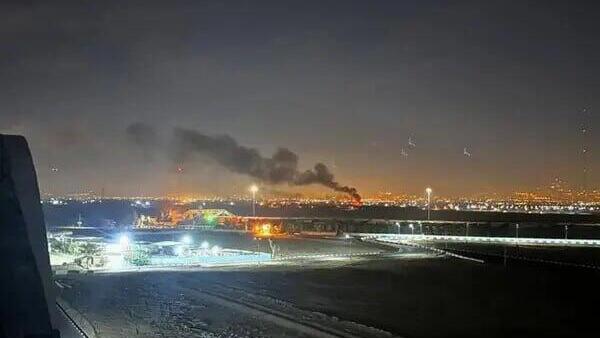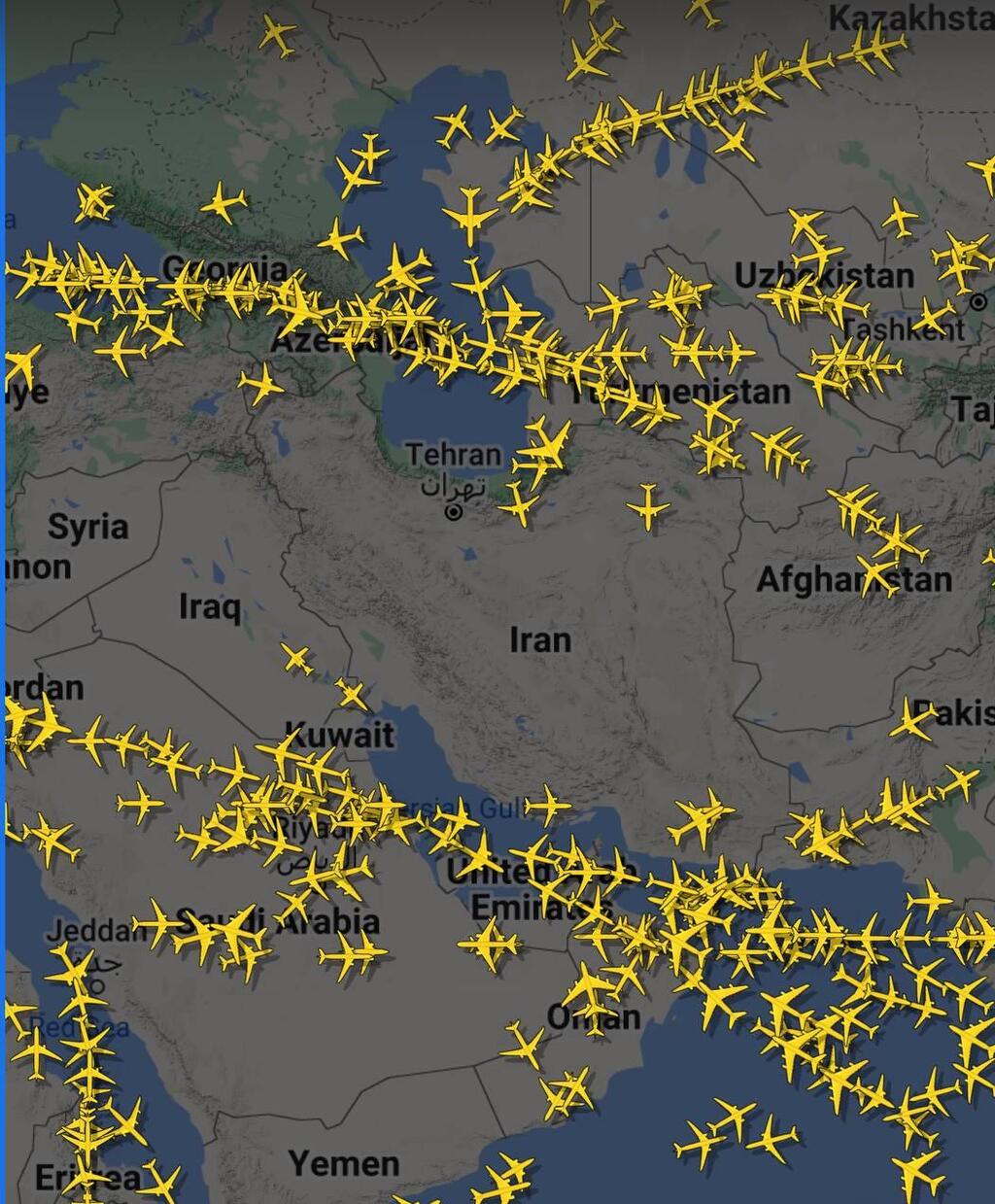Getting your Trinity Audio player ready...
Israel's attack on Iranian air defenses early on Saturday has raised deep alarm in Iran, according to three Iranian officials who spoke to the New York Times. They protected several critical oil and petrochemical refineries and a large gas field and a major port in southern Iran, critical energy, and economic hubs, leaving them vulnerable to attack if the exchanges of blows between the two countries continue.
The sites include Bandar Imam Khomeini petrochemical complex, in Khuzestan Province; the major economic port Bandar Imam Khomeini, adjacent to it; and at the Abadan oil refinery, the refinery for the gas field, called Tange Bijar, in Ilam Province, according to the officials, one of them with Iran’s oil ministry.
Hamid Hosseini, an expert on Iran's oil and gas industry and a member of the Iran-Iraq Chamber of Commerce said Israel was sending a clear message to Iran. “This can have very serious economic consequences for Iran, and now that we understand the stakes we need to act wise and not continue the tensions."
Iranian and Israeli officials told the paper that four Russian S-300 systems were destroyed in addition to those attacked last April when Israel attacked Iran in response to the Iranian missile and drone attack.
“This looks like a potential preamble to a much more effective strike against Iran’s infrastructure and even nuclear sites,” said Ali Vaez, the Iran director of the International Crisis Group. “Iranians don’t have the capacity to replace these systems in a timely manner, which renders the country much more vulnerable in future tit for tats.”
4 View gallery


Satellite images show damage to air defenses in Parchin after Israel's strike
(Photo: Reuters)
In addition to the aerial defenses, the sources said, the Israeli strike also targeted three large missile production bases: Falagh, Shaid Ghadiri and Abdol Fath, which belong to the Iranian Revolutionary Guard Corps (IRGC) and military sites in Parchin and Parand, using drones.
Aftermath of Israel's attack on Iran
While Israeli officials said the attack disrupted Iran's ability to produce missiles, the Iranians said the damage was minimal and production would resume quickly.
The Iranian military said four of its soldiers who operated the defense systems were killed. Local media said the number of fatalities was expected to rise. Two of the soldiers were from the city of Mahshahr, near the Bandar Imam Khomeini petrochemical complex.
Two Israeli officials said the initial plan of attack, prepared soon after Iran's October 1 ballistic missile strike, included attacks on Iran's energy industry and nuclear program.
4 View gallery


Prime Minister Benjamin Netanyahu and Defense Minister Yoav Gallant during the Israeli strike on Iran on Saturday
(Photo: Defense Ministry )
But the Biden administration urged Israel to avoid those targets, out of concern that they would prompt a severe response that would destabilize the world's economy and drag the United States into a regional war.
Iranian officials including Foreign Minister Abbas Araghchi said repeatedly in interviews and to their Arab counterparts that those targets would be a red flag and if attacked, Iran would respond forcefully. Agraghchi also sent a letter to the UN on Saturday urging the condemnation of Israel and calling its attack “unlawful and aggressive” and “against the sovereignty and territorial integrity” of Iran.
Iran's military claimed it successfully thwarted most of the Israeli attacks on its air defenses. In a statement the military said Israeli fighter jets did not enter Iran's airspace and fired missiles and drones from the airspace over Iraq. The force also accused the United States of complicity in "the crime," while Washington denied taking any part in the attack.
Three Israeli officials told the New York Times that command and control sites and a radar, were also targeted. Israel believes those were damaged severely and were put out of use. One of the officials said that satellite images after the attack showed that only the defense systems at the Bandar Imam Khomeini petrochemical complex were hit and not the complex itself.
Iran's supreme council met for an emergency session on Sunday and was briefed by military commanders about the damage and the targets that were attacked. Three Iranian officials told the paper that the council discussed how Iran would respond but said no decision was reached.
Iran's supreme leader Ali Khamenei has the authority to order an attack on Israel, in his role as supreme military commander. He is expected to issue a statement later on Sunday.
Get the Ynetnews app on your smartphone:






